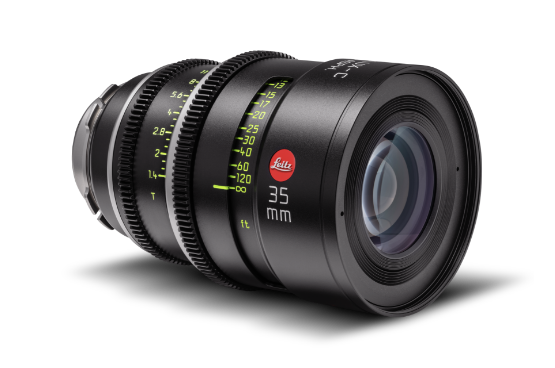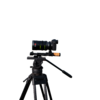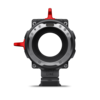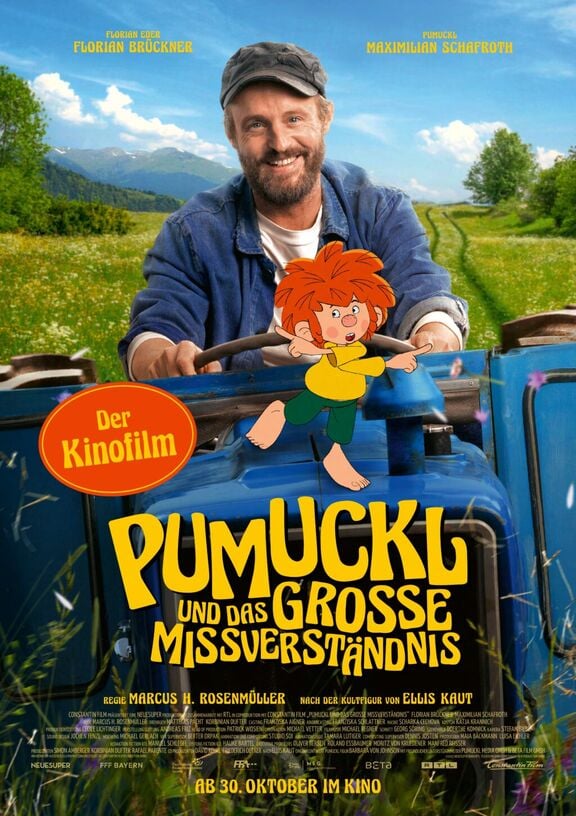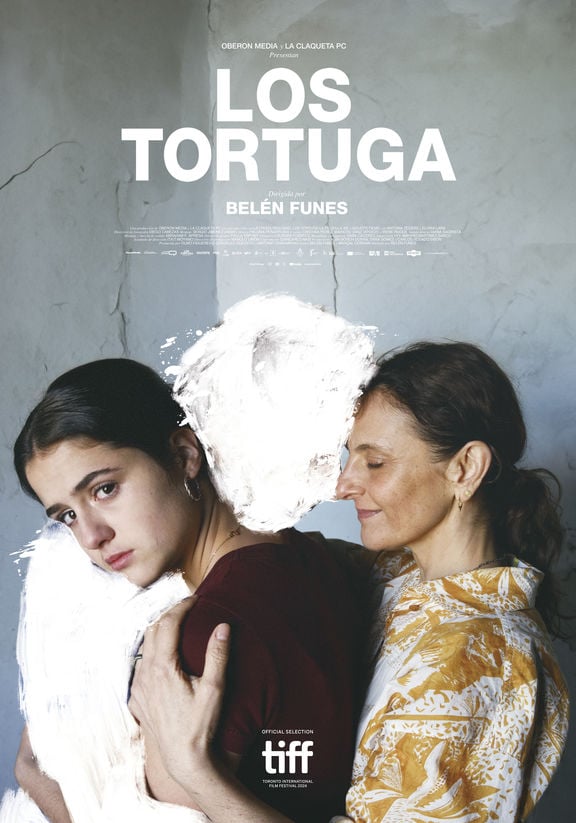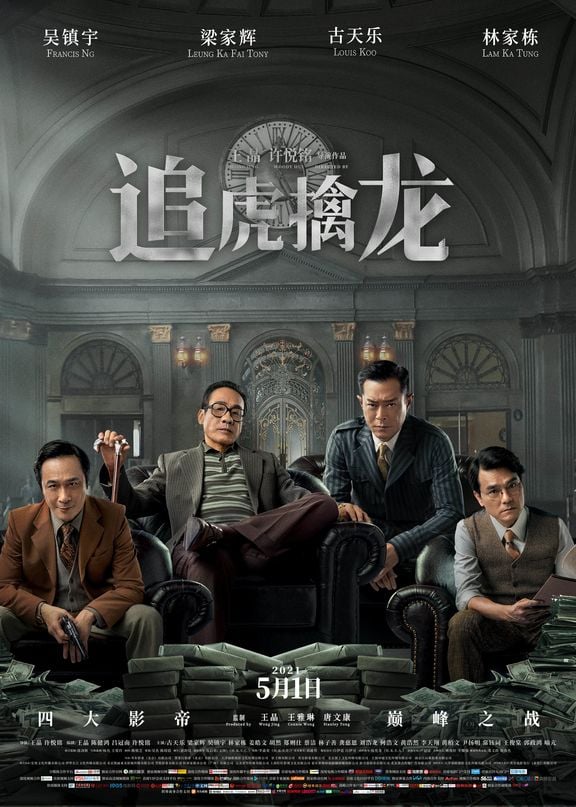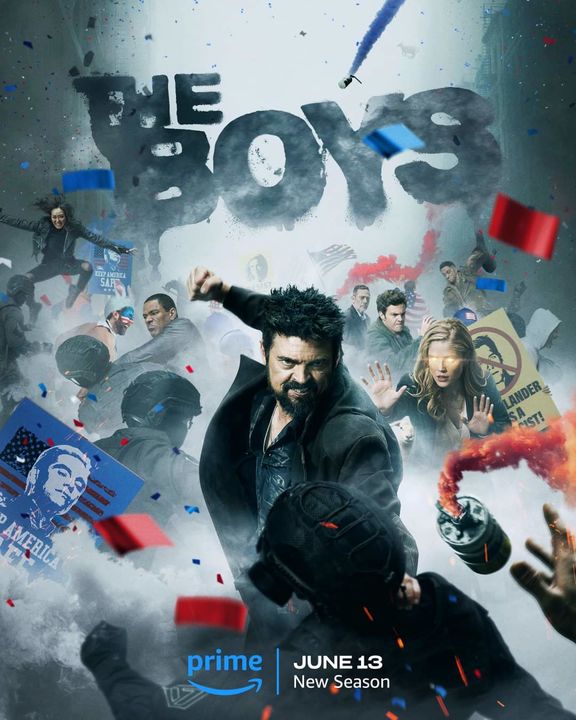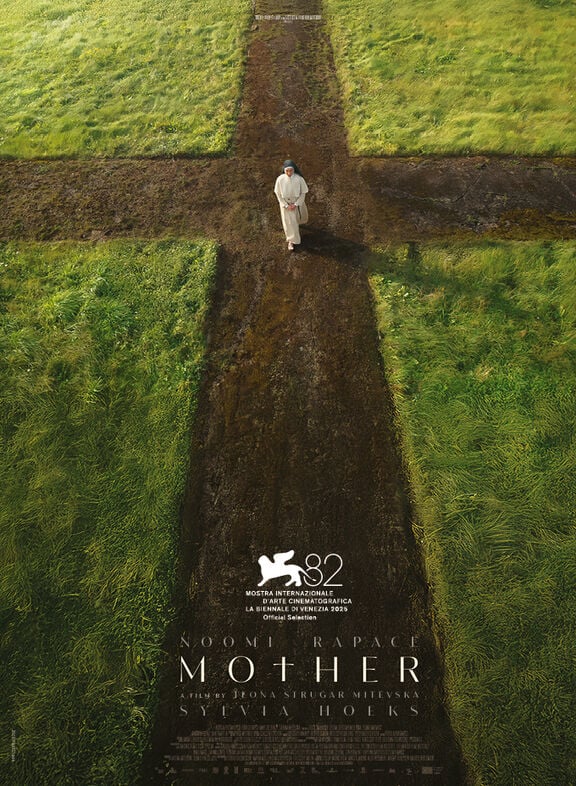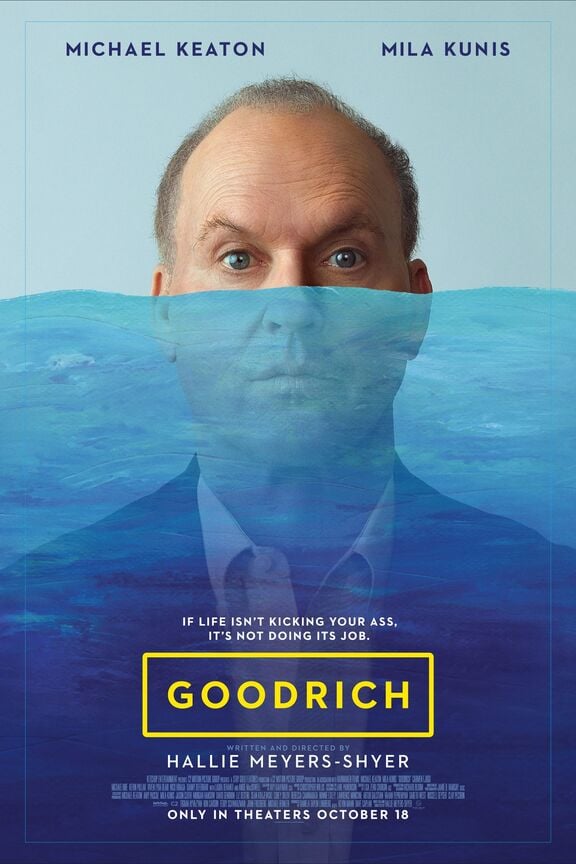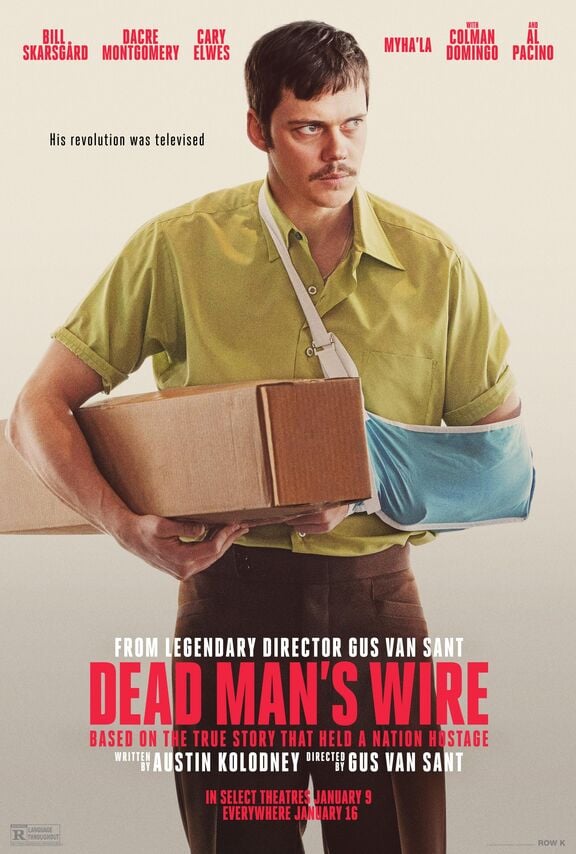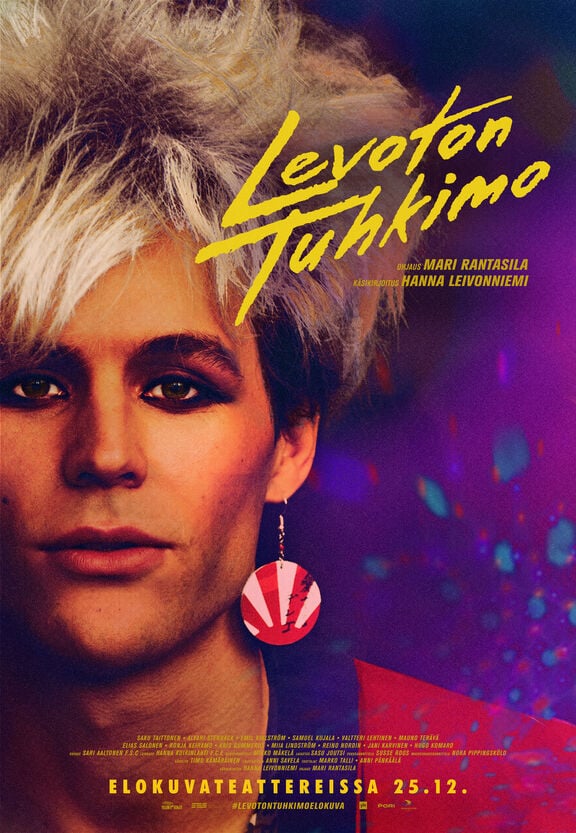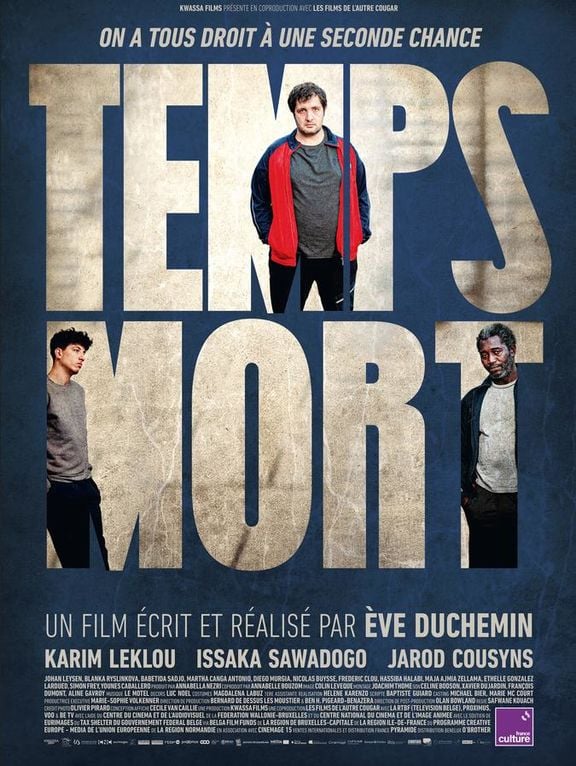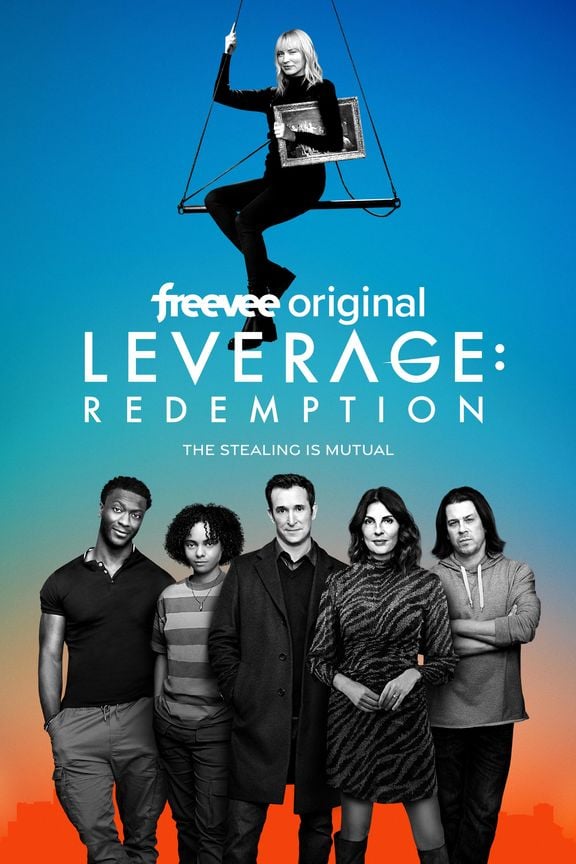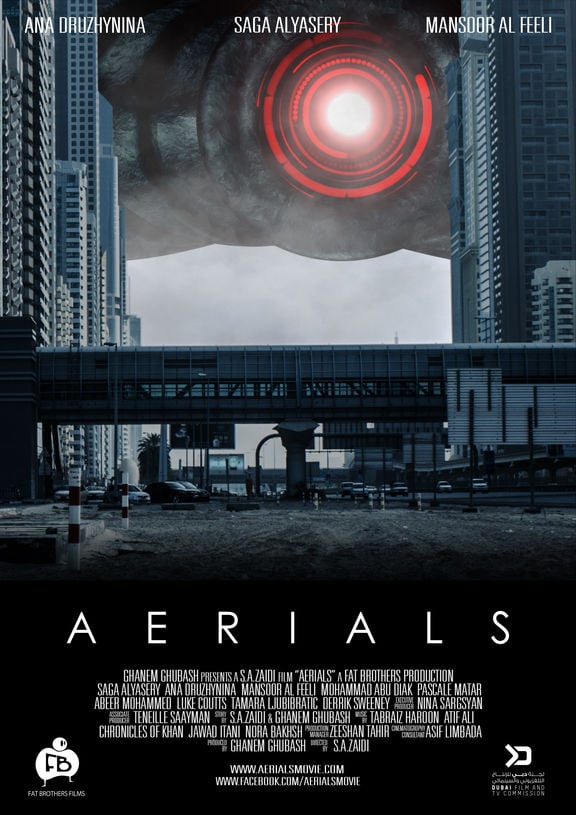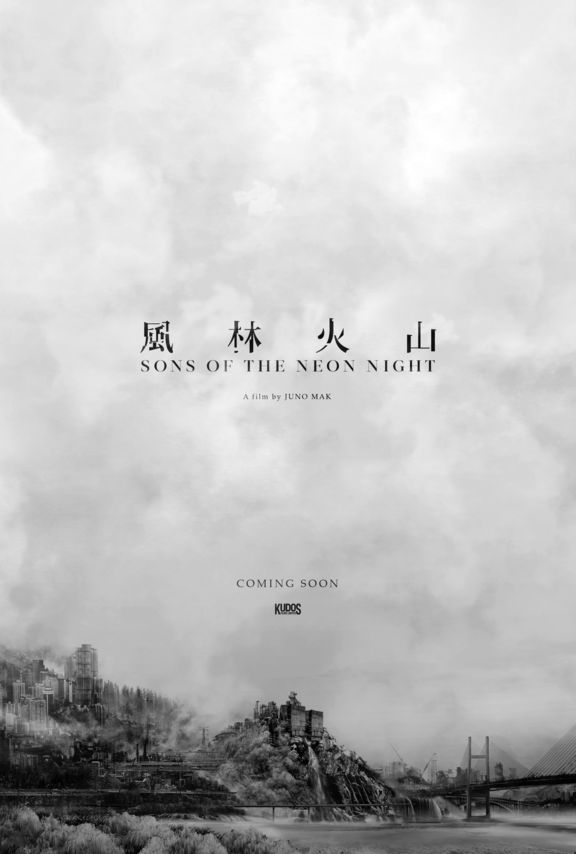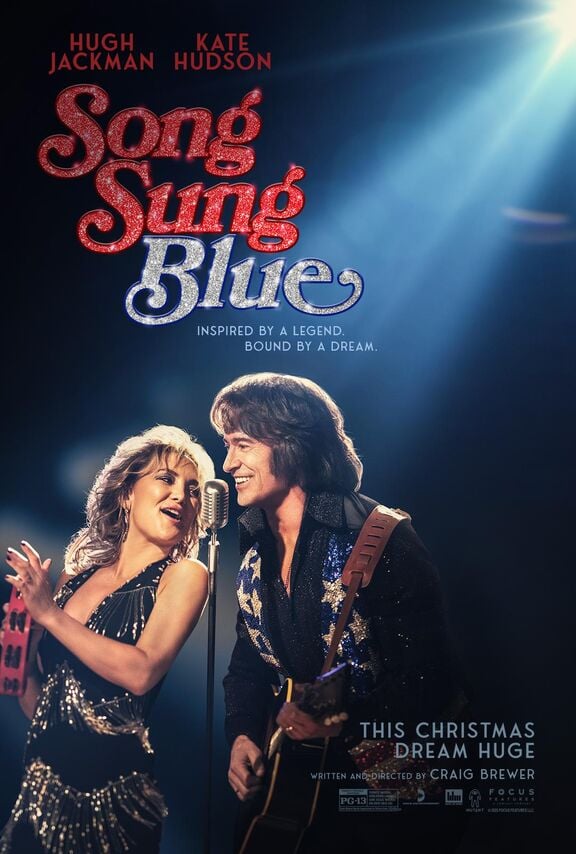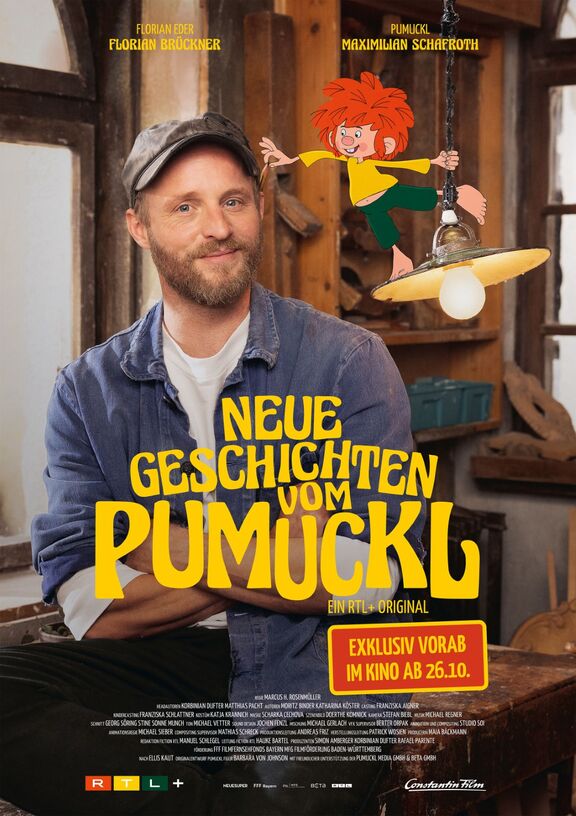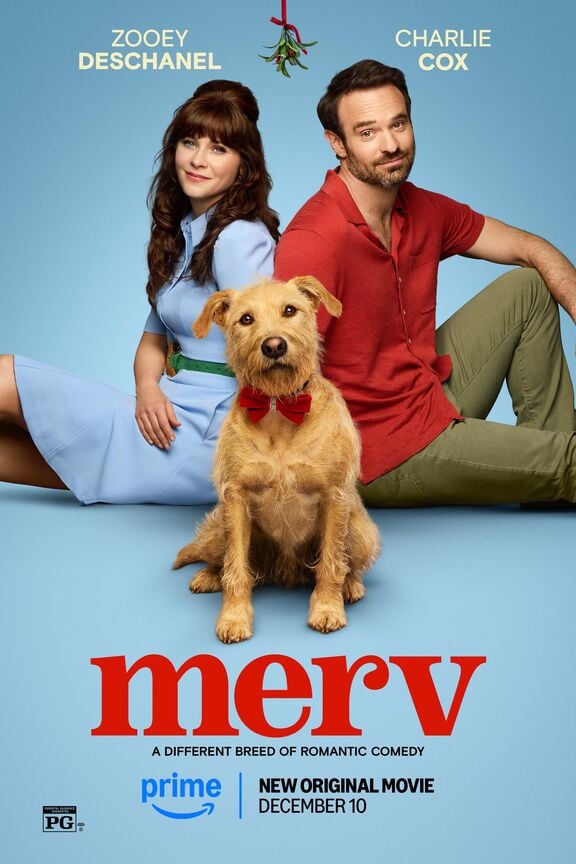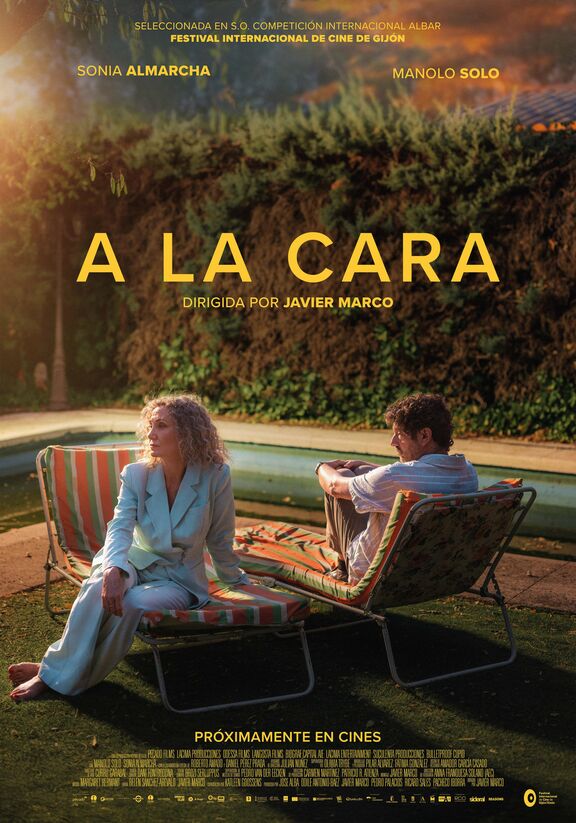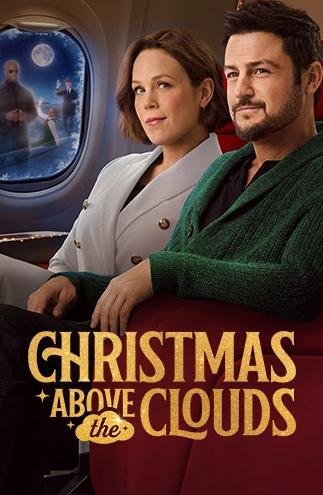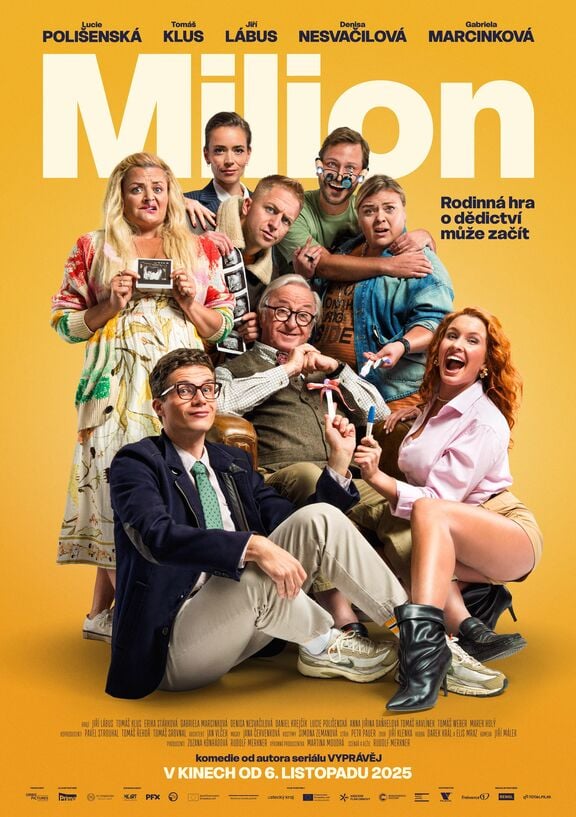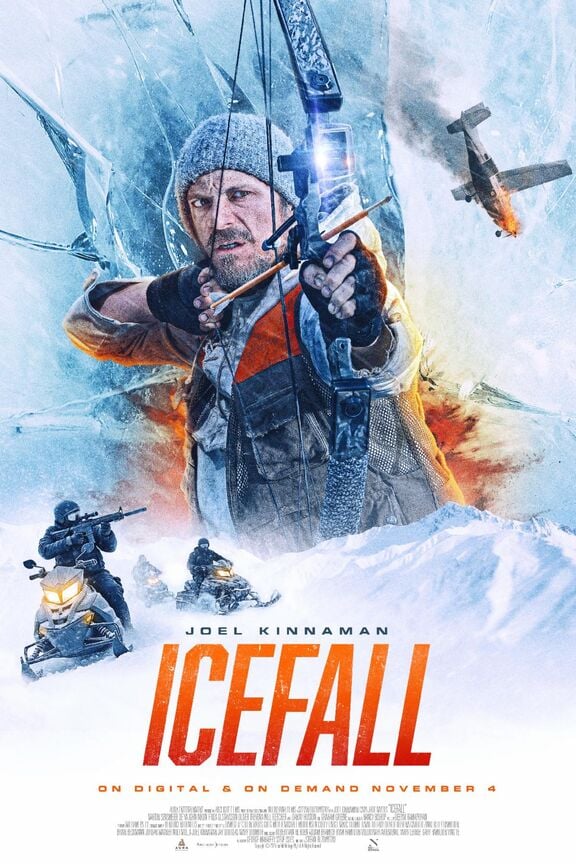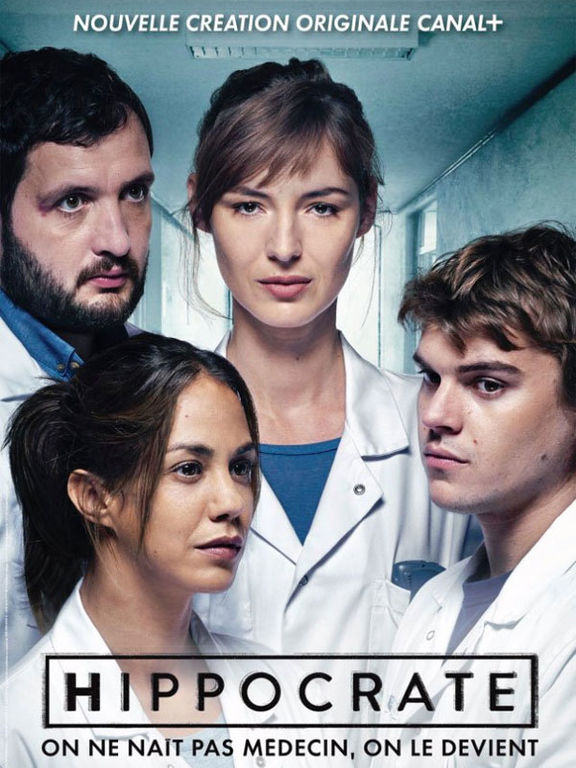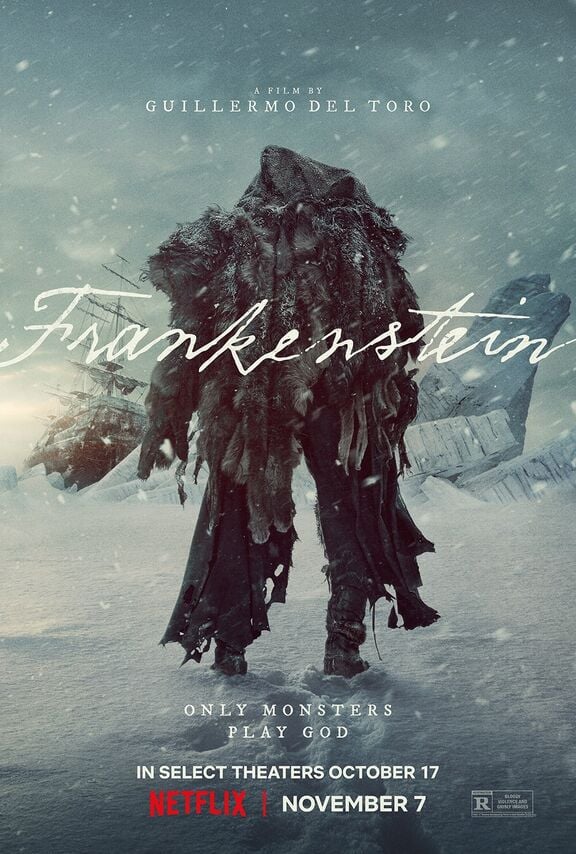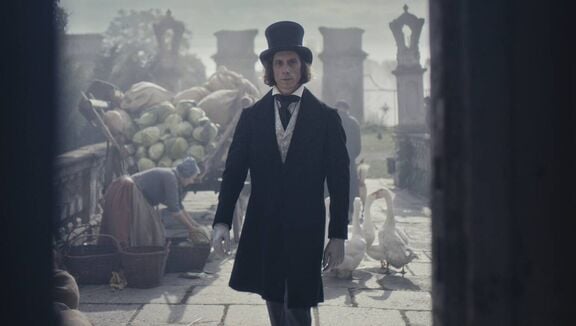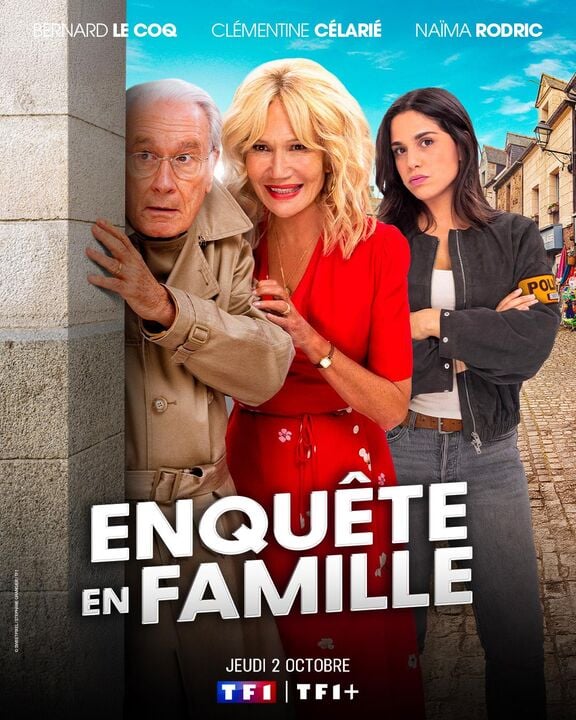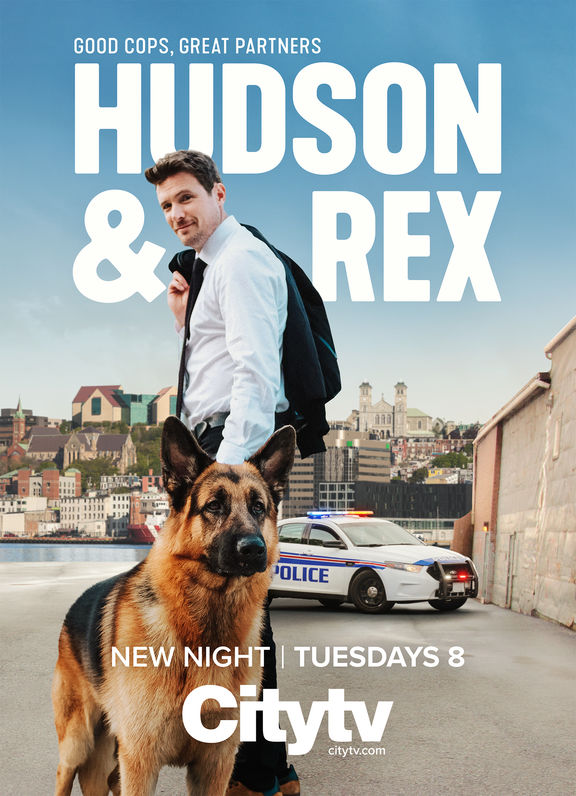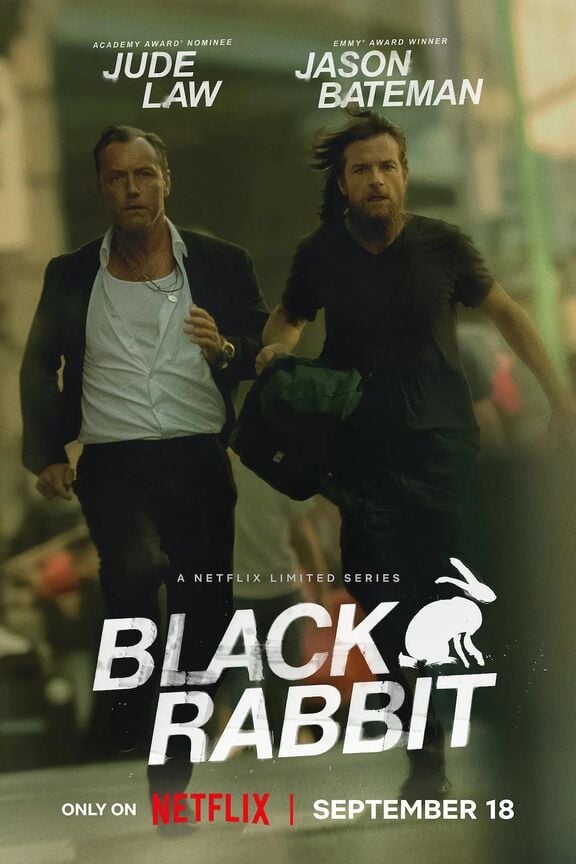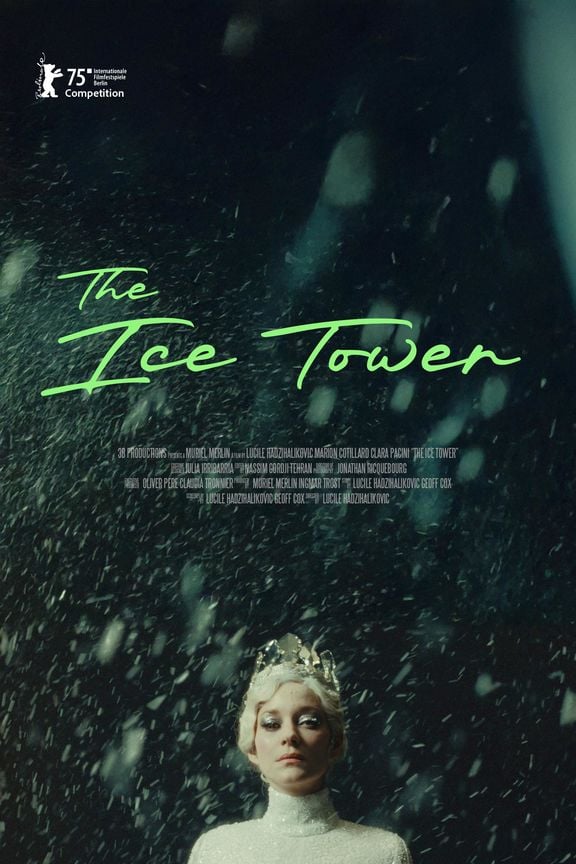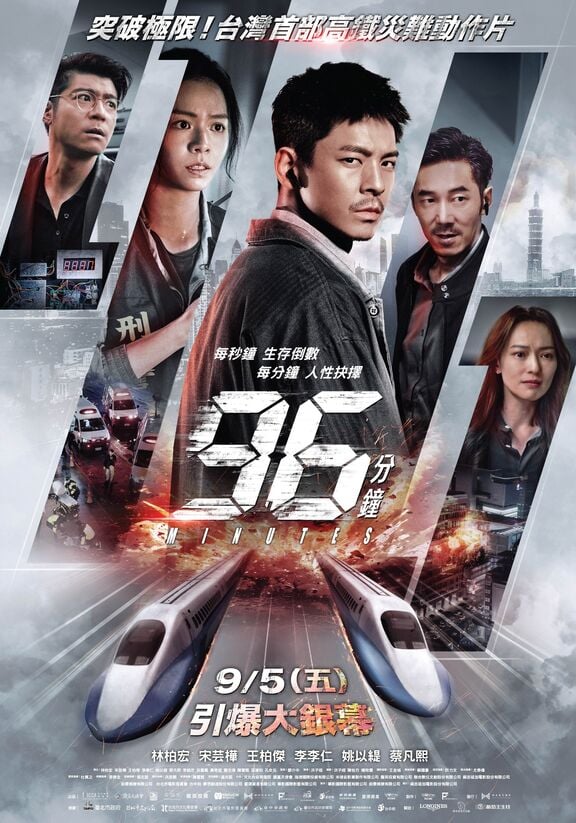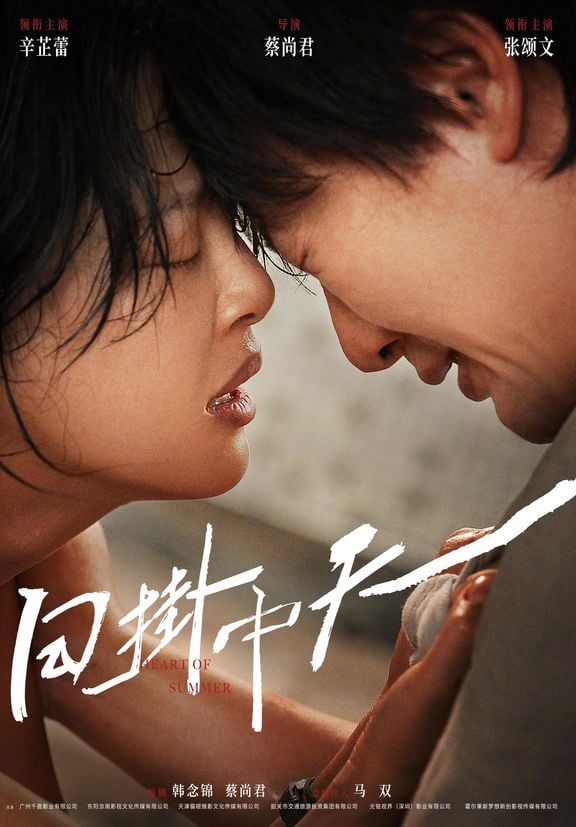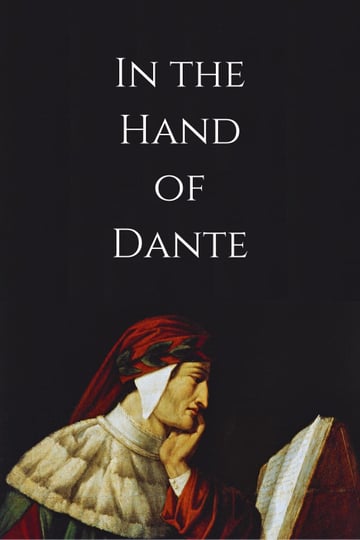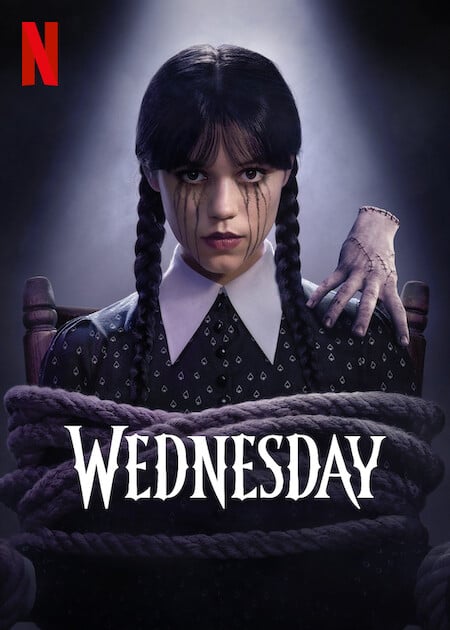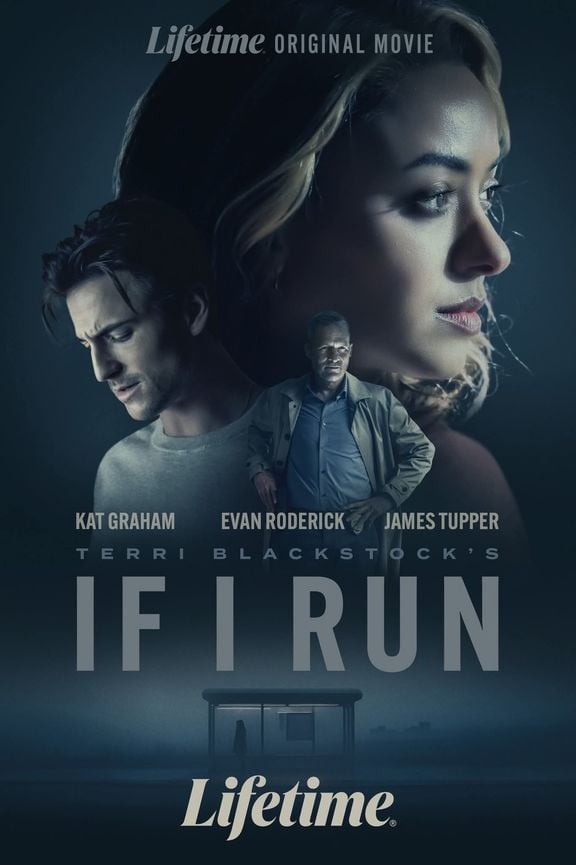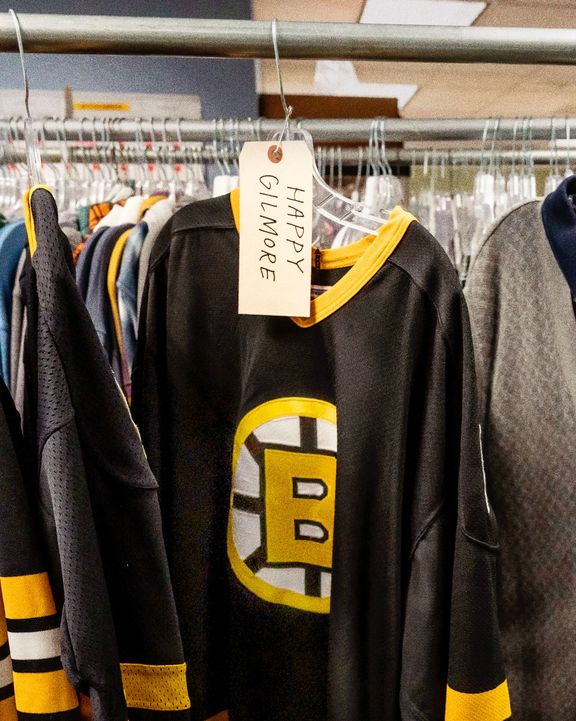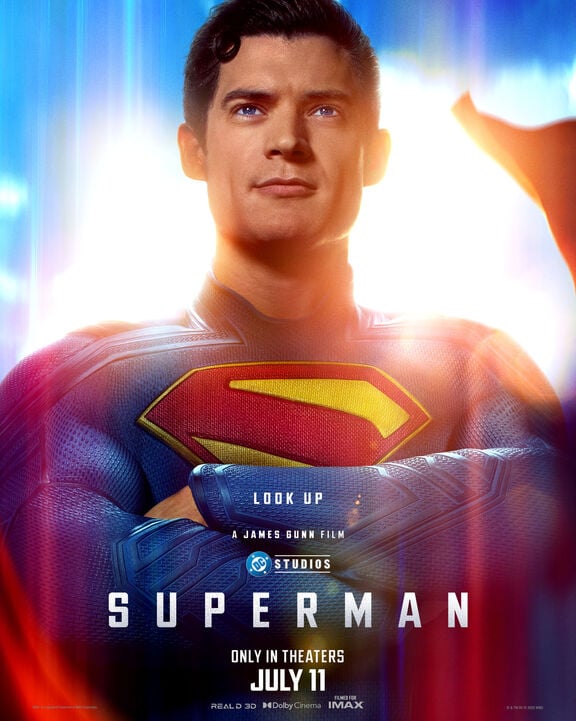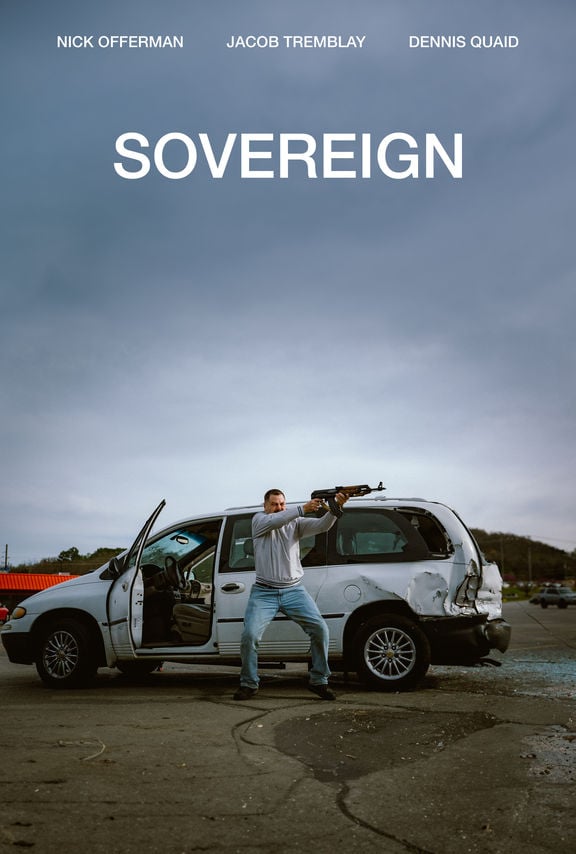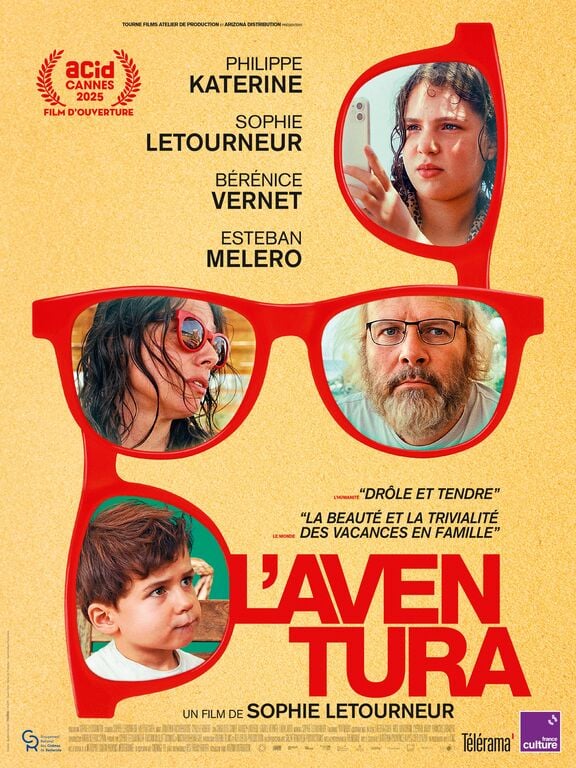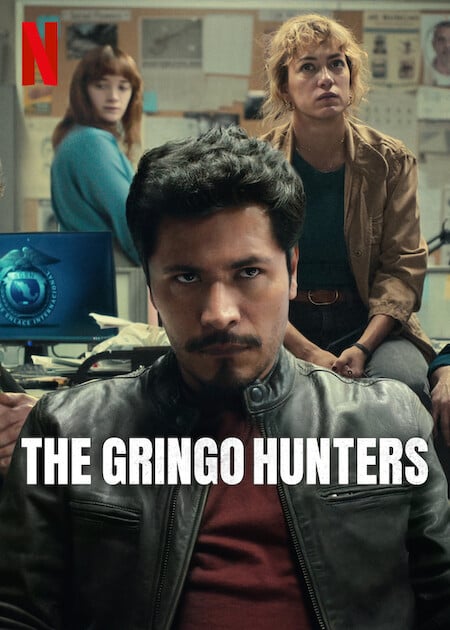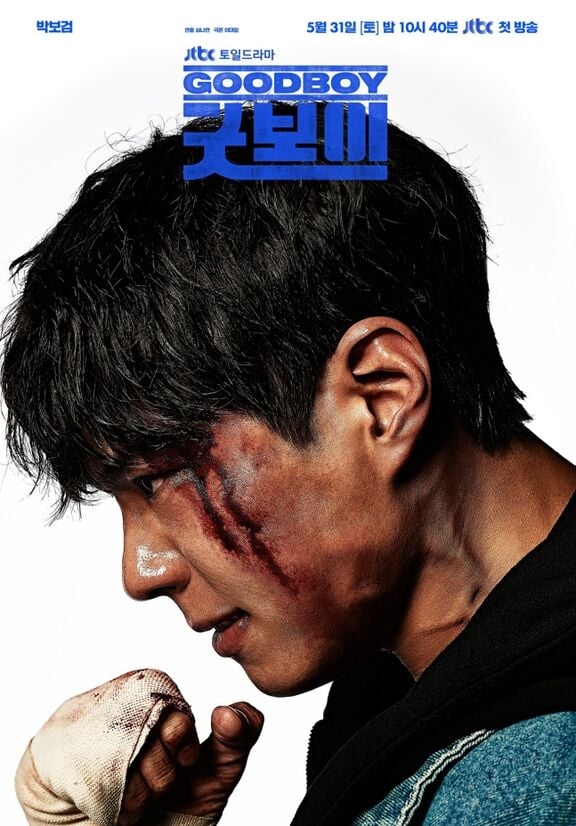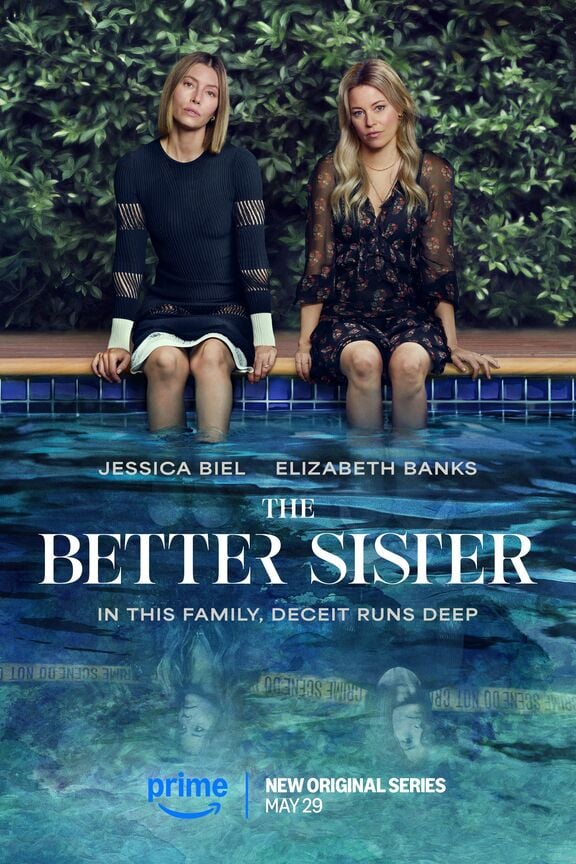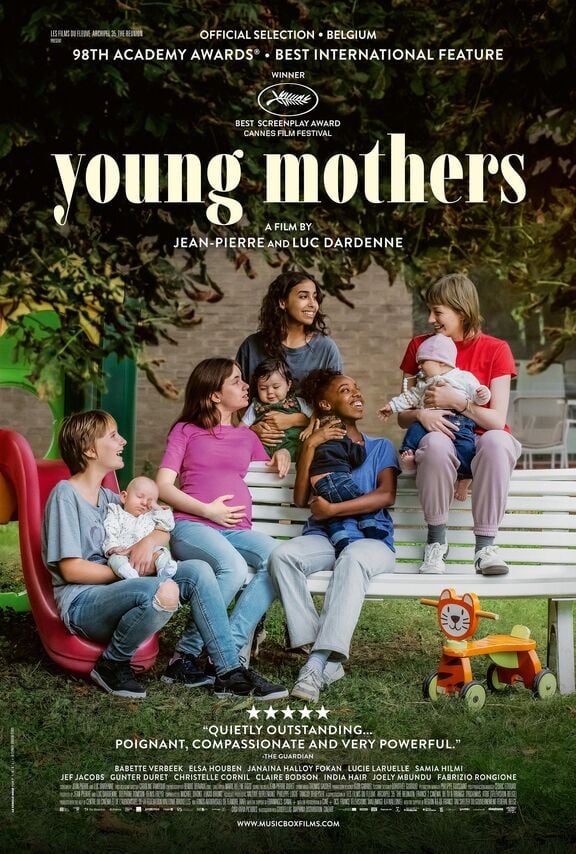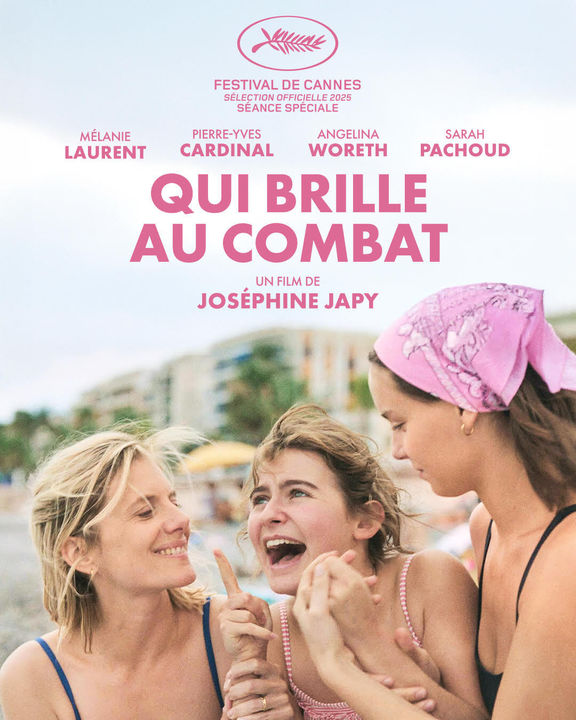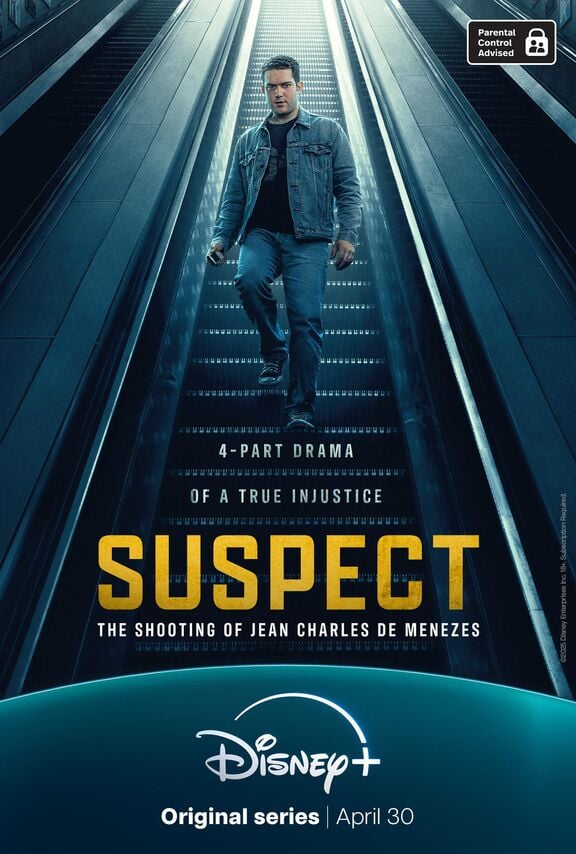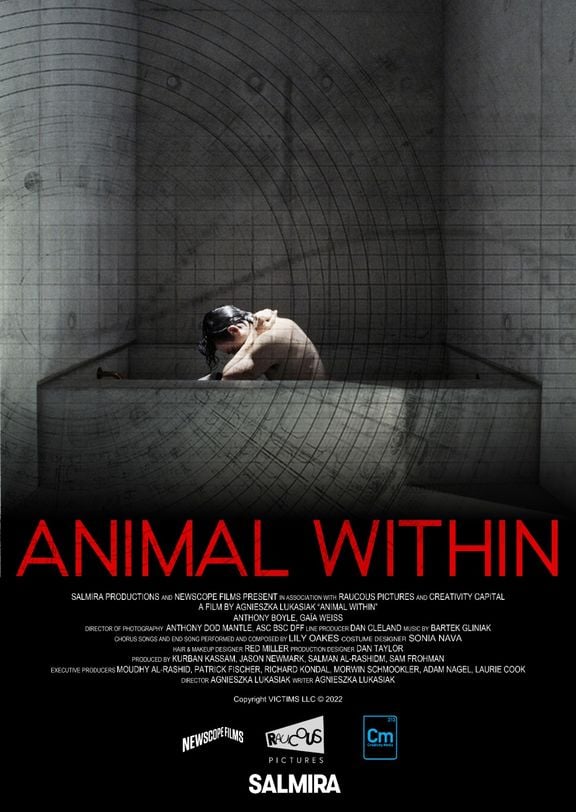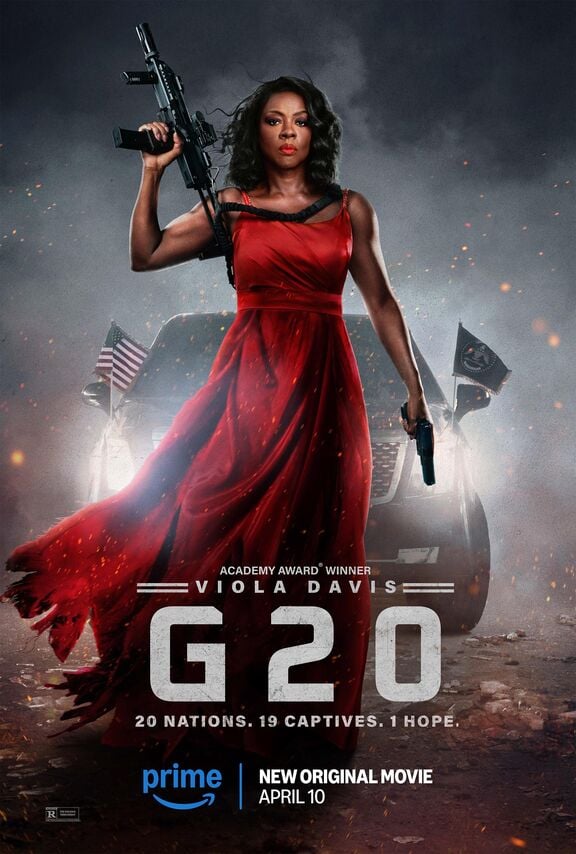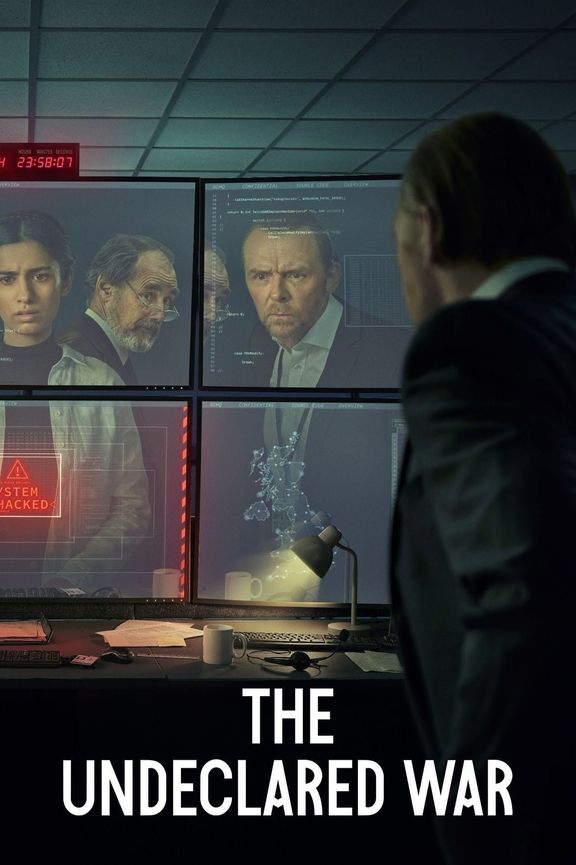
The Undeclared War
2022 | series
DoP Gavin Finney
Director Peter Kosminsky
Leitz lens SUMMILUX-C
Production Companies Channel 4 Television | Playground Entertainment | Universal International Studios
Distribution All4 | Channel 4 | Canal+ Polska | Peacock | Showcase | Sky Italia | SkyShowtime | Stan | WOW
Equipment Supplier ARRI Rental | London
Country UK
GAVIN FINNEY, BSC RETURNS TO LEITZ SUMMILUX-C FOR THE UNDECLARED WAR
Cinematographer Gavin Finney, BSC reunited with writer/director Peter Kosminsky for the British series The Undeclared War. The 6-episode thriller follows UK and Russian operatives during an escalating series of cyber attacks that threaten to spill into physical confrontations between the two countries.
Seth Emmons: As someone who is known to extensively test a broad range of equipment before each project, are you looking for unique combinations of lenses and cameras to create the look every time?
Gavin Finney, BSC: We live in an era with a luxuriously enormous range of equipment available to us. Before digital we had a few film stocks and a fairly limited range of lenses from Cooke, Zeiss Primes or Panavision. That’s how you shot every film and there were many great films to come out of that era.
Now it’s gone a bit crazy, and everyone is trying to find a unique formula with lenses and camera combinations. But actually, the formula is the script, the production design, the actors, the cinematographer, the director, the editing, music, all the crafts. Those elements make the film special. When it comes to cameras and lenses you just need a combination that is very flexible and allows you to create different looks.
I love black and white photography. Ansel Adams has a three-book series called “The Print,” “The Negative,” and “The Camera,” which to him are the trinity of components to creating a great image. In our world the “Camera” is the camera sensor plus the lens. The “Negative” is the combination of sensor design, Codec, and ISO setting plus the procedure for handling the image in post-production. And the “Print” is grading the final image and how you deliver the image to the screen. So many cinematographers today focus on the camera and lenses, but to me all three of these elements are equally important and must be considered together when creating the look for a project.
There are good reasons for choosing between different camera and lens systems, but time and again I come back to the Leitz SUMMILUX-C lenses. I’ve used them on many different looking productions because I can make them fit each production’s aesthetic just by modifying the way I light or operate the camera or by the filters I use or how we post-produce it and how we color it in the end. The Leitz lenses give me a core image that I can work off to create so many different looks.
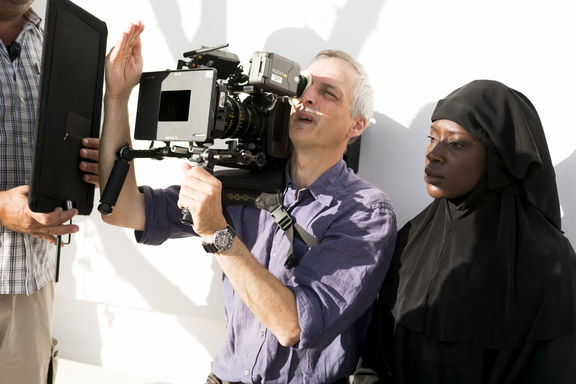
For your most recent series, BBC’s The Undeclared War, you did a full battery of testing with cameras and lenses. Can you describe your process?
Ahead of this project we tested different cameras and lenses as well as different post processes to see how far we could push things and how far we could take it before it broke down. For my camera and lens tests I don’t shoot charts; I shoot real things. I’ll test people’s faces, different skin tones, architecture, exteriors, and interiors. But you can’t just look at the image on the monitor. You have to take it all the way through the post-production and grading pipeline to see what the limits of the whole system are.
Lenses specifically are very interesting. If you put the 50 mm prime lens from half a dozen different companies on the same camera sensor and photograph a person’s face in mid-close up, every face will look different. It may say 50 mm on the barrel, but some will be slightly wider or slightly longer and some might be exact, but they’ll all be different. I’m looking for changes in face geometry. It’s subtle but put those six images side by side and the shape of the face will change. That is one of the first tests I’ll do for each new project.
I’ll look at the usable range of close focus based on lens distortion, not just the number on the barrel. Is there breathing during a focus pull, fringing, chromatic aberrations, edge distortion? I’m not looking for good or bad lenses. These are all just characteristics and they should match the needs of the job. Sometimes the way faces are rendered is the most important thing, or a lack of technical compromises, e.g., how well they work in candlelight.
On the BBC period series Wolf Hall, which was also directed by Peter Kosminsky, we had many scenes lit only by candlelight, sometimes hundreds of candles. During testing we found some modern lenses and cameras gave us lots of double reflections that we couldn’t get rid of. The light seemed to be bouncing off the sensor, back to the rear element of the lens, and back to the sensor. The Leitz SUMMILUX-C lenses were the cleanest in these scenarios, I think due to their telecentric design. The candles also emphasized the chromatic aberrations in some lenses but the Leitz lenses were astonishing with no magenta/green edges in highlights or flaring in the image or around hot areas. I knew I would still need that T1.4 speed and an aberration-free image on occasion for The Undeclared War as it is a cyber thriller with some scenes just lit with monitors.
Another thing that differs from lens to lens regardless of what is on the barrel is that they transmit different amounts of light. They might all say T1.4 but put those six lenses side by side and you’ll see they aren’t the same. The Canon K35 lenses may say T1.5, but the SUMMILUX-C lenses are about two stops brighter. I don’t have a problem with the K35s, again it’s just characteristics and determining what you need. People choose old lenses because of their particular aberrations. The point is never trust what is engraved on the lens. You need to test it. You have to be careful though. I recently heard an instance where a de-tuned set of lenses looked great in the test room, but couldn’t cope with the high contrast found on location, and production had to resort to a different set of lenses for those scenes.
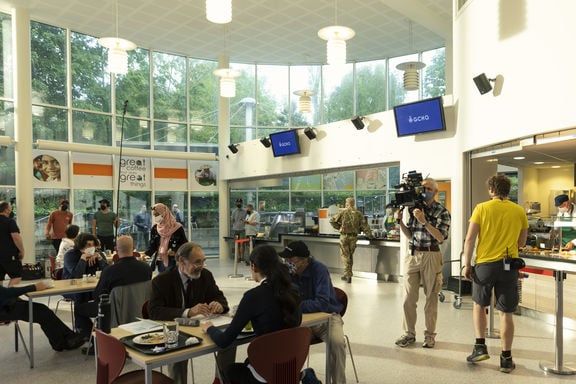
What elements of the visual language of The Undeclared War led you back to the SUMMILUX-C lenses?
This is the third series I’ve done with Peter Kosminsky using these lenses. After Wolf Hall we did a show called The State, and now The Undeclared War. All three have different looks, but one continuous thread is that Peter likes to film in a kind of documentary style, which means almost everything is handheld.
I love operating handheld but it makes weight and size more important. One thing I like about the Leitz SUMMILUX-C lenses is that they are very lightweight and compact compared to other high-speed primes at T1.4. Even though our Alexa handheld build is fairly compact and tidy, I’m still carrying 26-31 lbs. on my shoulder so any ounces that can be shaved off helps. They also allow for fast lens changes because they are all the same diameter and the ring locations are consistent so you don’t have to move the motors around. That makes my life and the AC’s life easier on set.
There’s also this way they focus-pull without any breathing. We did a lot of close shots of people and if you then pull focus to the background it’s just a perfect pull without any movement in the frame. You can use movement in the frame as an aesthetic, but I wanted it clean and precise because the characters are very precise. They think in a way that is different from you and me so I wanted that precision even though we were shooting handheld.
In one interview about Wolf Hall you said the Leitz Summiluxes had a historical character while still being clean. Comparing that period piece to the modern cyber thriller of The Undeclared War, what lens characteristics carried through both?
The Summilux lenses hit a sweet spot for me in that they’re very flexible. An old-fashioned mushy lens with lots of flare might be good for a particular type of film, but not for another type. The Leitz lenses give me a fairly clean image for the daylight scenes that I can manipulate in lots of different ways, but importantly in nighttime scenes wide-open they have a nice, slight glow around hot spots like candles and light bulbs, that softens the edges and stops everything from being too edgy or too clinical.
That characteristic works as an aesthetic for both a period film and a modern contemporary thriller like The Undeclared War. We had a lot of TV screens and computer monitors in shot. The Summiluxes controlled the flare without a lot of spill, but when we were working with single source lights like a desk lamp, as happens in episode one, there’s still a very nice glow to it that’s not harsh.
In the end you’re still photographing actors so you don’t want lenses that are too sharp or clinical or aggressive in a way that you wouldn’t normally see with your own eyes. The Summiluxes are very clean but still malleable, and kinder to actors.
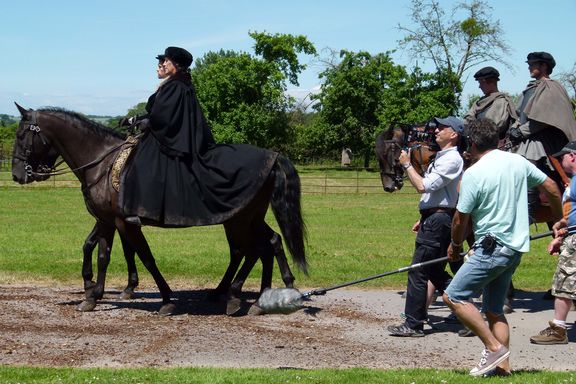
You did all the car work on an LED volume stage. What were your takeaways from that experience?
The best thing about working with LED volume is that you can filter, light, and then capture it all in camera. With greenscreen you always shoot clean and any filters and smoke you might have used, often don’t get put back properly. The tricky part with a volume is that you need really good plates and everything has to be ready before you shoot rather than doing it downstream after the shoot, as with greenscreen.
Scheduling takes more priority and planning with volume. On The Undeclared War we had some car work shot in St. Petersburg prior to the Ukrainian war. That meant getting visas to fly the crew out there to shoot plates, get them back, and ingest everything. In total we did seven different vehicle setups, a mix of day and night, set in multiple locations in the UK and Russia, so all that scheduling had to happen for seven different plate shoots. But once all that is sorted, we were able to shoot all our scenes in just two days. There are no safety concerns, no weather changes or traffic to worry about, instant resets if an actor flubs a line, and you can change locations instantly without packing the whole circus up to go somewhere else. For me, the benefits far outweigh the minor challenges.
Were there any lens focal lengths that you gravitated towards during the shoot?
On every show there’s a sweet spot I hover around depending on what we’re filming and how the director and I see things. There are always two or three primes that are out of the box all the time, usually it’s a cluster around the wide 20s. I shot a lot of Good Omens season 1 on the 21, 25, and 29 mm Summiluxes, and it was the same for another show called The Miniaturist that was set in 17th century Amsterdam.
Is there something about that range that makes them so appealing for you?
Even in a close-up I want to see where I am and with the Summiluxes I can get in close without distortion and still retain a sense of the space around the actor. If we’ve gone to the trouble of getting a location or building a set, then I want to see it, whether it’s a beautiful country mansion, or castle, or the inside of a government cyber war room. Long lenses look dramatic for certain sequences, but if you’re constantly turning the background to ectoplasm you’ve spent a lot of money on something you’re never going to see.
I don’t really like that dreaded word “bokeh” or the fashion for always shooting wide-open. Extreme shallow depth of field has sometimes become an excuse for not composing very well. There can be a case for it, but as a viewer, a lot of the time you don’t know where you are, or even which eye to look at because they’re drifting in and out of focus. It’s quite distracting. At that point you’re photographing lens design rather than what’s in front of the camera.
I love black and white photography and take a lot of stills. If you look at many of the iconic black and white photographers like Sebastião Salgado, Robert Capa, Cartier-Bresson or Ansel Adams, any of the greats, you’ll struggle to find a shallow-focus shot among them because they composed well. That’s what capturing an image is all about.
Interview by Seth Emmons
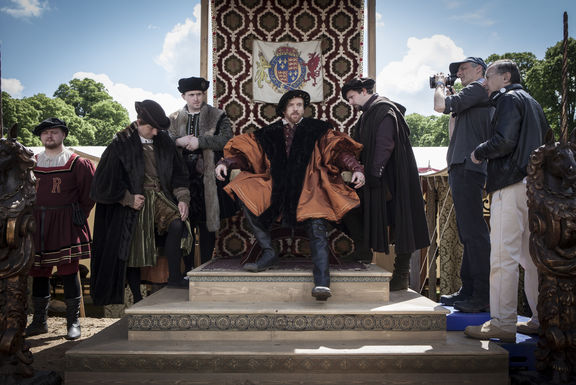
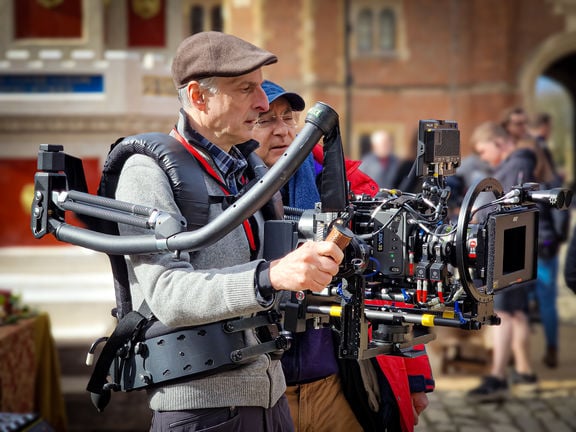
Overview
DoP Gavin Finney
Lens used
SUMMILUX-C
Performance
Fast, compact, reliable, beautiful in color and excellent in contrast.
